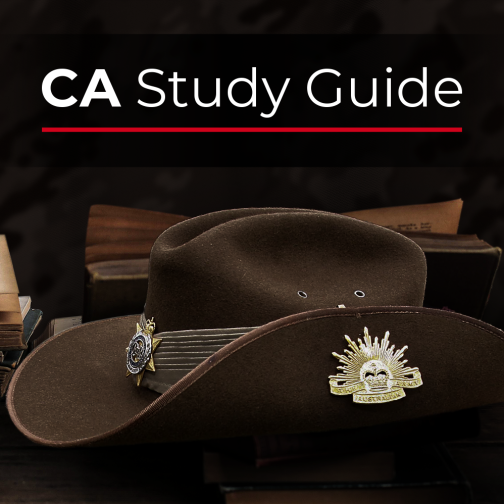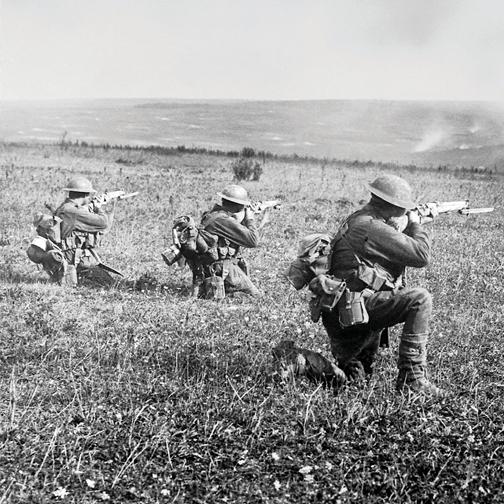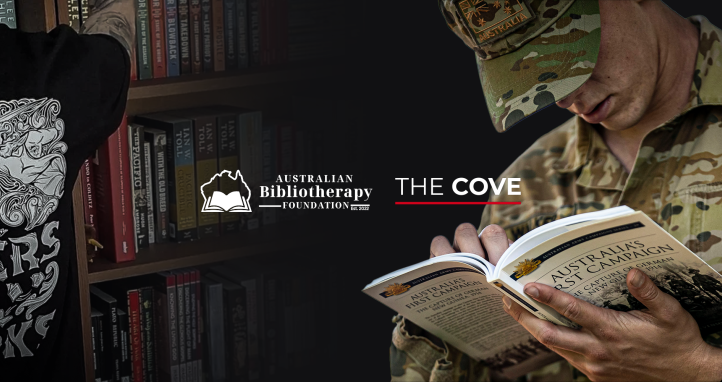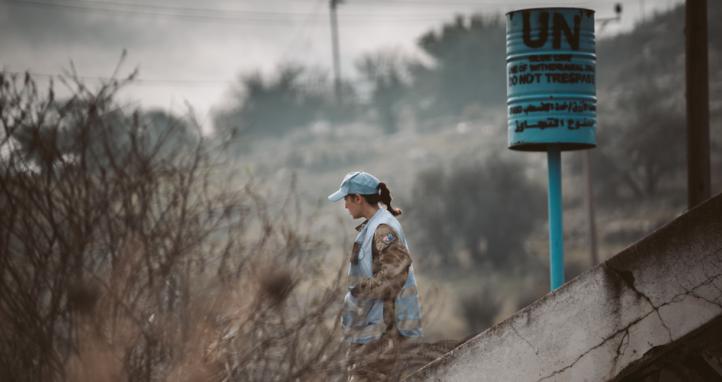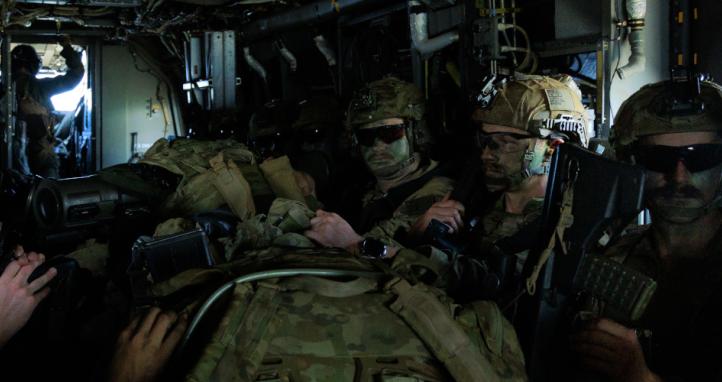Major Edgar Thomas Towner VC (1890 - 1972, 82yo)
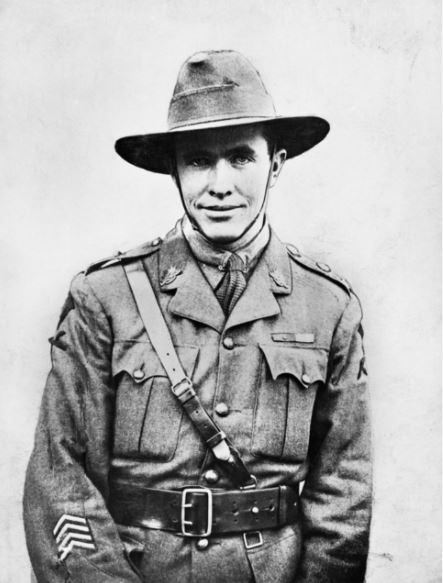 Edgar Towner was born near Blackall, Queensland on 19 April 1890. After finishing school, he worked on his father’s grazing property before acquiring his own land, which he managed until the outbreak of the First World War. Towner enlisted in the Australian Imperial Force on 4 January 1915 as a Private and was assigned to the transport section of the 25th Battalion.
Edgar Towner was born near Blackall, Queensland on 19 April 1890. After finishing school, he worked on his father’s grazing property before acquiring his own land, which he managed until the outbreak of the First World War. Towner enlisted in the Australian Imperial Force on 4 January 1915 as a Private and was assigned to the transport section of the 25th Battalion.
By March 1916, he was serving in Belgium and France and steadily rose to the rank of Sergeant. In 1917, he transferred to the 2nd Machine Gun Battalion, where he was commissioned as a Lieutenant and twice Mentioned in Dispatches for his leadership. On 10–11 June 1918, during operations near Morlancourt, France, he was awarded the Military Cross. Among the first to reach the objective near Albert, Towner quickly positioned his section to support advancing troops from the 7th Infantry Brigade. He also utilised captured enemy machine-guns to consolidate their position. On the morning of 11 June, he further distinguished himself by helping to re-establish a forward post under heavy attack, an act of courage performed in broad daylight and at great personal risk.
Towner again demonstrated exceptional bravery on 1 September 1918 during the assault on Mont St Quentin near Péronne. At the onset of the attack, he single-handedly captured an enemy machine-gun, then led his men forward, delivering such effective fire that the enemy suffered significant losses. He later captured twenty-five German troops and seized another machine-gun, which he mounted and fired in full view of the enemy, forcing their withdrawal and enabling the Australian advance. Despite being wounded, he continued to fight and inspire his men. For his extraordinary leadership and bravery, he was awarded the Victoria Cross, officially gazetted on 14 December 1918.
Towner returned to Australia in April 1919 and resumed life on the land, continuing to farm and work in the bush. He never married and passed away on 18 August 1972. He was buried with full military honours at the Longreach Cemetery.
Major Frederick Harold Tubb VC (1881 - 1917, 35yo)
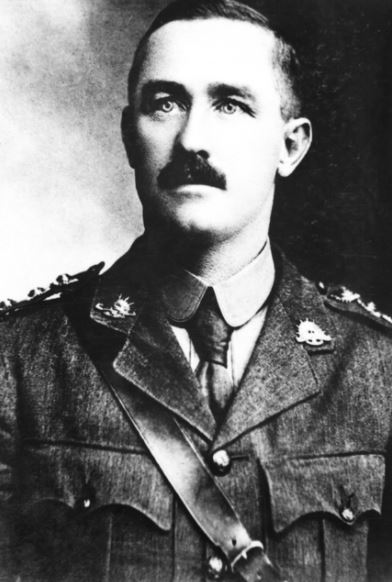 Frederick Tubb was born in Longwood, Victoria on 28 November 1881. After completing his education, he managed his family's farm before acquiring his own property. Tubb initially served with the Victorian Mounted Rifles and later joined the Australian Light Horse. In 1912, he became part of the 60th Battalion, where he was commissioned as a Second Lieutenant, and in 1913 transferred to the 58th Battalion.
Frederick Tubb was born in Longwood, Victoria on 28 November 1881. After completing his education, he managed his family's farm before acquiring his own property. Tubb initially served with the Victorian Mounted Rifles and later joined the Australian Light Horse. In 1912, he became part of the 60th Battalion, where he was commissioned as a Second Lieutenant, and in 1913 transferred to the 58th Battalion.
He was appointed to the Australian Imperial Force on 24 August 1914, assigned to the 7th Battalion. Promoted to Lieutenant on 1 February 1915, he landed at Gallipoli on 6 July and was elevated to Captain on 8 August.
That same day, Tubb was ordered to defend a vital section of captured trench at Lone Pine, with instructions to "hold it at any cost." The next morning, Turkish forces launched a fierce assault, advancing along a sap blocked by a sandbag barricade. From the parapet, Tubb and eight men fired on the attackers, while two corporals in the trench caught enemy grenades and hurled them back or smothered them with greatcoats. Despite being blown from the parapet and the barricade repeatedly destroyed, Tubb ensured it was rebuilt each time, maintaining morale through jokes and shouted encouragement.
A powerful explosion eventually destroyed the barricade, killing or wounding most of the defenders. Though wounded in the arm and scalp, Tubb remained with Corporals A.S. Burton and W. Dunstan. He led the defence, shooting three Turkish soldiers with his revolver and providing cover while the barricade was reconstructed. Another explosion killed Burton and temporarily blinded Dunstan. Tubb secured reinforcements, and the enemy did not resume their attack.
For his exceptional courage and leadership during the battle at Lone Pine, Frederick Tubb was awarded the Victoria Cross.
Due to his injuries, he was evacuated to England and later returned to Australia. Determined to return to the front, he convinced a medical board of his fitness and rejoined his battalion in France in December 1916. He was promoted again in February 1917. On 20 September 1917, during the Battle of Menin Road—part of the Third Battle of Ypres—his company was assigned a key role. Though suffering from a hernia in the days leading up to the assault, Tubb refused evacuation. He led his men forward with energy and bravery, achieving their objective before being struck by sniper fire. While being evacuated on a stretcher, he was mortally wounded by shell-fire. He was laid to rest in Lijssenthoek Military Cemetery, Belgium.
Major Blair Anderson Wark VC (1894 - 1941, 46 yo)

Blair Wark was born in Bathurst, New South Wales on 27 July 1894. After completing his education, he became a quantity surveyor. From 1911, he served as a senior cadet and was commissioned in 1913 into the 18th Infantry of the Australian Military Forces.
On 5 August 1915, he joined the Australian Imperial Force and deployed to Egypt with the 30th Battalion in November. Promoted to Captain on 20 February 1916, he took on the role of Company Commander. He arrived on the Western Front in June and was wounded during the Battle of Fromelles. After recovering, he returned to duty with the 32nd Battalion in November. His actions during engagements at Fromelles and Sunray Trench in March 1917 earned a recommendation for the Distinguished Service Order, although it was not awarded at the time. He was promoted to Major on 27 April 1917.
In late September and early October 1917, Wark commanded front-line positions east of Ypres. Through active patrolling and personal reconnaissance, he secured his sector, repelled one enemy counter-attack, and thwarted another. These actions, along with his previous displays of courage and leadership, led to the award of the Distinguished Service Order. He was also Mentioned in Dispatches in May 1918.
Highly experienced and committed to his men’s welfare, Wark displayed remarkable bravery during the assault on the Hindenburg Line beginning on 29 September 1918. At just 24 years of age, he was given temporary command of the 32nd Battalion. Frequently moving ahead of his own troops under heavy fire, he secured the support of a passing tank near Bellicourt and took command of 200 American soldiers who had become separated from their unit. He led an assault on a battery of 77mm guns firing on his rear companies, capturing four guns and ten enemy personnel. Near Magny-la-Fosse, he and two NCOs surprised and captured fifty German soldiers. On 1 October, he led a charge that silenced several machine-guns causing heavy casualties. For his gallant conduct, he was awarded the Victoria Cross.
Upon returning to Australia, Wark married and was discharged in September 1919. He resumed his career as a quantity surveyor. In 1940, he was appointed to command the 1st Battalion, Australian Military Forces, with the temporary rank of Lieutenant Colonel. He died suddenly from coronary heart disease while on exercise at Puckapunyal.
Last Reviewed 06/2025

